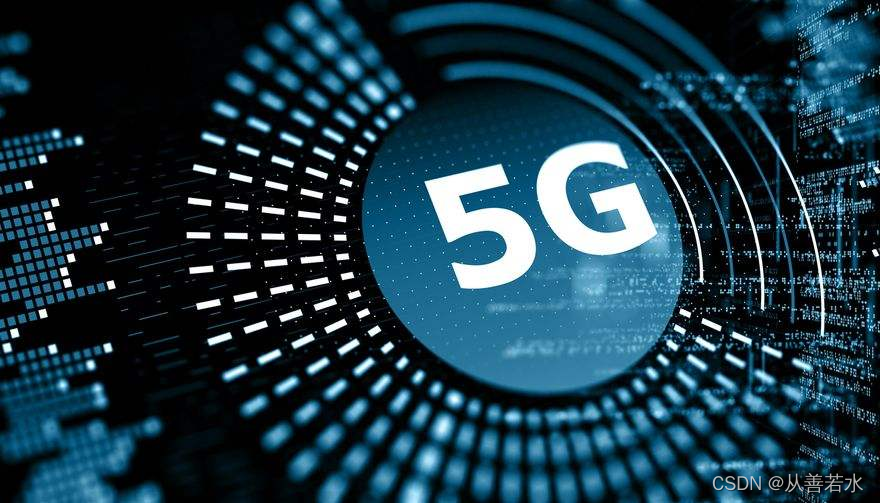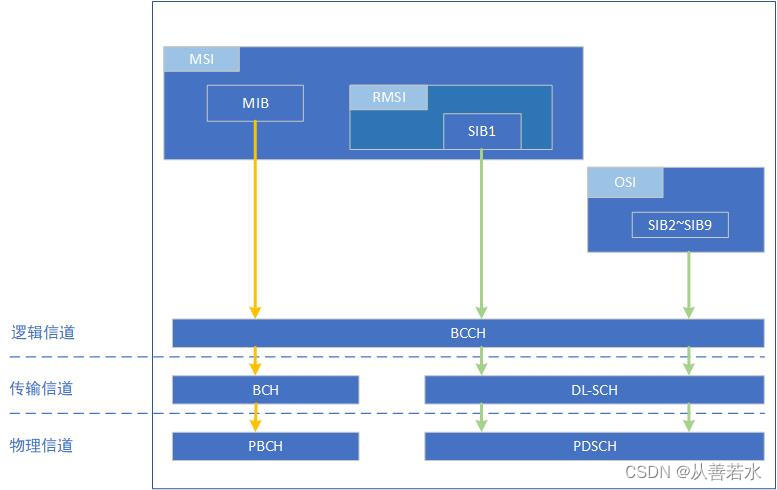The blogger has not authorized any person or organization to reprint any original articles of the blogger, thank you for your support for the original!
blogger link
I work for an internationally renowned terminal manufacturer and am responsible for the research and development of modem chips.
In the early days of 5G, he was responsible for the development of the terminal data service layer and the core network. Currently, he is leading the research on technical standards for 6G computing power networks.
The content of the blog mainly revolves around:
5G/6G protocol explanation
computing power network explanation (cloud computing, edge computing, end computing)
advanced C language explanation
Rust language explanation
5G System News Introduction

The system information is downlink broadcast information periodically sent by the base station. System information is very critical information for the connection between mobile terminal (UE) and base station (gNB). In the 5G environment, when the UE is powered on, it reads the system information for cell camping, and when the RRC is idle, it reads the system information for cell selection and cell reselection. The system information will provide the terminal with all the necessary information needed to access the network, such as system frame number, system bandwidth, PLMN, cell selection and reselection thresholds, etc.
System Information Classification
In the 5G high-level, system information can be divided into three categories:
- Minimum System Information (Minimum System Information, MSI);
- Remaining Minimum System Information (RMSI);
- Other System Information (Other System Information, OSI);
These categories include MIBs and 9 SIBs. MIB information is transmitted through BCH and PBCH channels, and SIBs information is transmitted through DL-SCH and PDSCH channels. The mapping between system information and each channel is shown in the figure below.

As shown in the figure above, MSIit includes MIB and RMSI. RMSIIncluding SIB1, OSIincluding SIB2 ~ SIB9. MIB and SIB1 have their own RRC messages MasterInformationBlock and SystemInformationBlock1 respectively , while SIB2 ~ SIB9 are encapsulated in a general RRC message called SystemInformation . MSI is periodically broadcast, while OSI can be triggered by the network or according to the request of the terminal, broadcast or provide in a dedicated manner.
When a terminal needs an OSI, before sending an OSI request, the terminal needs to know whether the required OSI in the current cell can be obtained and whether it can be broadcast. When the UE is in RRC_IDLE or RRC_INACTIVE, the UE can request OSI without state transition. For a UE in RRC_CONNECTED, dedicated RRC signaling can be used to request and feed back OSI. OSI can broadcast according to the configured cycle within a certain period of time. Whether the OSI is fed back through broadcast or UE-specific RRC signaling is determined by the network.
How UE uses MSI
After the terminal is powered on, it performs a cell search process, decodes the PSS and SSS information, and obtains the physical cell ID. Then scan the MIB at GSCN to obtain the appropriate one SS/PBCH block.
MIB information can be obtained directly through the PBCH channel. After the MIB is successfully decoded, the UE obtains the control resource set (CORSET) and PDCCH search space information required for decoding SIB1 . SIB1 provides RACH parameters and scheduling information on all OSIs . The gNB uses SI-RNTI to scramble system information, and uses DCI format 1_0 to allocate PDSCH resources for transmission .
The following is a list of system information defined by 3GPP:
| AND | Function |
|---|---|
| MIB | Provide SFN, SCS, SIB1 PDCCH resources, cell bar information |
| SIB1 | Cell selection information, PLMN, TAC, cell identity, RAN notification information, OSI SI scheduling information, serving cell information |
| SIB2 | Common cell reselection information under the same frequency, different frequency, and different systems |
| SIB3 | Same-frequency cell reselection information, such as PCI, q-Offset, q-RxLev, q-Qual, cell blacklist |
| SIB4 | Inter-frequency cell reselection information, such as NR-ARFCN |
| SIB5 | Inter-system cell reselection information, such as EARFCN |
| SIB6 | Earthquake and Tsunami Warning System Major Notices |
| SIB7 | Earthquake and Tsunami Warning System Secondary Notice |
| SIB8 | Commercial Mobile Alert Service (CMAS) Notifications |
| SIB9 | Timekeeping information for UTC, GPS and local time |
